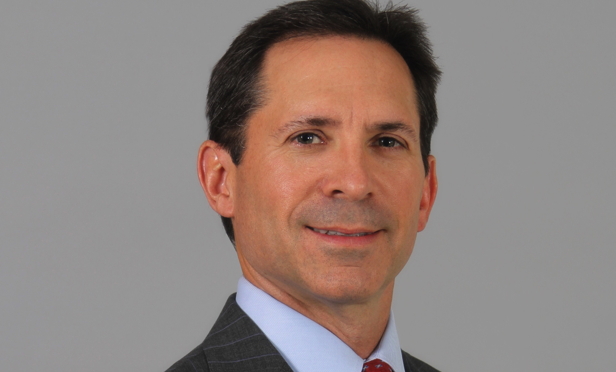A healthcare provider’s quest for profitability has become increasingly difficult. But between shrinking revenues and tightening budgets, the last thing a practice wants to consider is an expiring medical office lease. It does so at its own peril, writes Chad Gunter, SVP of healthcare advisory services for Transwestern.
In this EXCLUSIVE commentary for GlobeSt.com, Gunter explains why some aggressive planning, along with a deeper look at the practice, can help make the new lease much less an area for risk.
The views expressed are the author’s own.
 Chad Gunter
Chad Gunter
The ability to control occupancy costs is becoming a pivotal factor in a healthcare provider’s survival. Too many practices ignore a pending lease expiration until it becomes a crisis, gambling that a last-minute search will produce suitable and affordable space. But the stakes are perilously high.
Most physician groups have tightened budget controls to maintain profitability in the face of shrinking revenues. The forces hampering income streams are many, from decreased reimbursements paid for patient care by government programs, to heightened competition pressuring down prices, declining hospital admission rates, and hesitancy by some patients with high insurance deductibles to seek care. Physicians leaving private practices to join large healthcare systems underscore the challenge for practitioners to turn a profit.
Firms that take an aggressive approach to their medical office leasing will enjoy improved financial health by eliminating excess square footage and associated expenses. But they must start early to gain the most benefit.
Begin preparations for a medical office search at least a year before the current lease expires, starting with a self-assessment to identify features in the current space that help or hinder the business. Consider working with an architect experienced in healthcare design or a workplace optimization specialist to plan a cost-effective layout that doesn’t sacrifice function. Look beyond square footage to evaluate how well caregivers and patients are able to move through the space and use specific rooms, fixtures and machines.
Any practice that has been in place for 15 years or more is due for streamlining and modernization: For example, the shift to electronic records, as well as technological advances that have reduced the footprint of imaging machines and other equipment, have slashed space requirements.
Has the client base shifted to a different submarket? What locations would best serve patients?
With a shortlist of suitable spaces, consider tenant-improvement allowances and “overages,” or the expense the tenant must pay to cover the remaining bill for building out shell space for medical use. Will the landlord amortize the tenant’s build-out cost over the life of the lease?
Landlords will often increase the tenant allowance in exchange for additional years added to the lease. Long lease terms provide more predictable occupancy costs, too, with the opportunity to define periodic rent increases and renewal options ahead.
While negotiating term, request separate utility metering. Shared electric bills in a building that contains imaging labs or other high-usage activities increase utility costs for all tenants, so seek billing for actual usage where possible.
Even tenants that begin their search a few months away from a lease maturity shouldn’t lose hope, as favorable leasing options may exist. Some landlords offer turnkey spaces with reception desks, examination rooms and offices ready for use by tenants willing to forego their own finish-out. However, allowing sufficient time to locate, design and build out a space typically yields a better work environment for a healthcare practice, and may well reduce operating expenses in the process.
Chad Gunter is SVP of healthcare advisory services for Transwestern.

















 Copyright © 2024 ALM Global, LLC. All Rights Reserved.
Copyright © 2024 ALM Global, LLC. All Rights Reserved.